When contemplating lighting options available for home renovation and design projects, finding the right ones can be difficult. Homeowners often find themselves navigating a spectrum of choices that range from purely functional to profoundly aesthetic. Understanding the distinctions between “Good, Better, and Best” lighting fixtures can empower homeowners to make informed decisions that align with their design vision and budget constraints.
Our team at Lamont Bros Design & Construction has guided hundreds of Portland homeowners through the process of selecting lighting fixtures. We know how the sheer volume of available options can be a challenge. The more you understand your options, the better you’ll be able to find what works well for your home.
This article will explore the characteristics, advantages, and challenges associated with each lighting category. By examining specific examples within the good, better, and best categories, we’ll help you find the information you need to select lighting fixtures. After reading, you’ll be able to identify which options both your functional needs and design aspirations. The options we’ll discuss include:
- Good: Recessed/Can Lights & Wafer Lights
- Better: Pendants, Sconces, and Under Cabinet Lighting
- Best: Chandeliers and Custom Lighting Fixtures
Good Lighting Fixtures: Recessed/Can Lights & Wafer Lights
“Good” level lighting combines practicality with straightforward design. In this category, you’ll find recessed or can lights and wafer lights.
These fixtures are valued for their efficient lighting, ease of integration into any space and affordability. As essential lighting solutions, they meet basic needs while maintaining a clean aesthetic.
Recessed/Can Lights
Recessed or can lights are lighting fixtures installed within the ceiling to achieve a clean, streamlined appearance. They are designed to sit flush with the surface, providing light without interfering with the overall aesthetic of a room.
These fixtures are versatile and can be used for general, task, or spot lighting. Their versatility makes them a popular choice in various settings, from residential to commercial spaces.
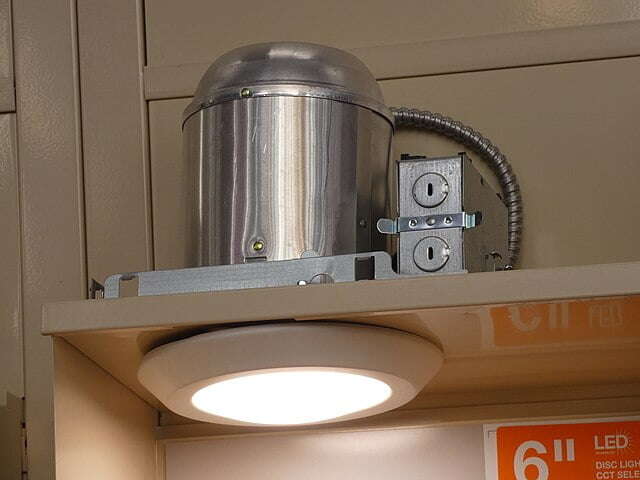
Advantages of Recessed Lights
Minimalistic Design: By being recessed into the ceiling, these lights do not protrude into the living space, offering a sleek and unobtrusive look.
Versatility: Suitable for a wide range of applications including general room lighting, focused task lighting, or creating ambiance with accent lighting.
Space Efficiency: Recessed lights are especially ideal for areas with low ceilings where hanging fixtures may not be practical.
Challenges of Recessed Lights
Installation Requirements: Installing recessed lights requires space above the ceiling for the housing and wiring, which can add to labor costs.
Light Spread: The directed nature of recessed lights means they may not illuminate as large an area as surface-mounted fixtures, potentially requiring more units for full coverage.
Wafer Lights
Wafer lights represent a recent evolution in recessed lighting. These options are ultra-thin LED fixtures that provide a sleek, contemporary look with minimal intrusion into the ceiling space.
Unlike traditional recessed can lights that require sizable housing within the ceiling structure, wafer lights mount a directory to the ceiling. This way, you won’t have to cut into the drywall, offering a simple yet effective lighting solution.
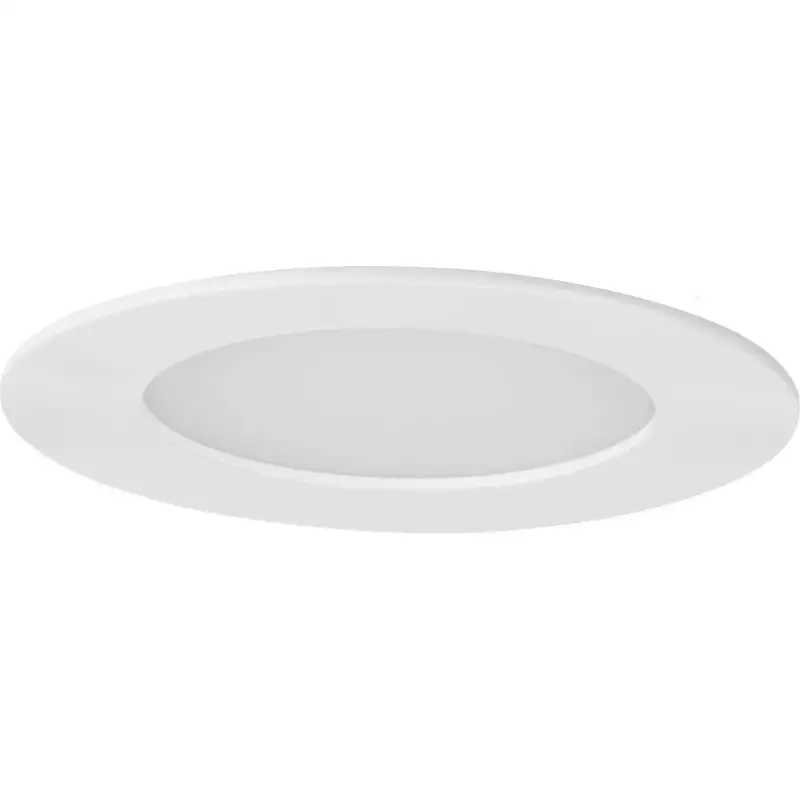
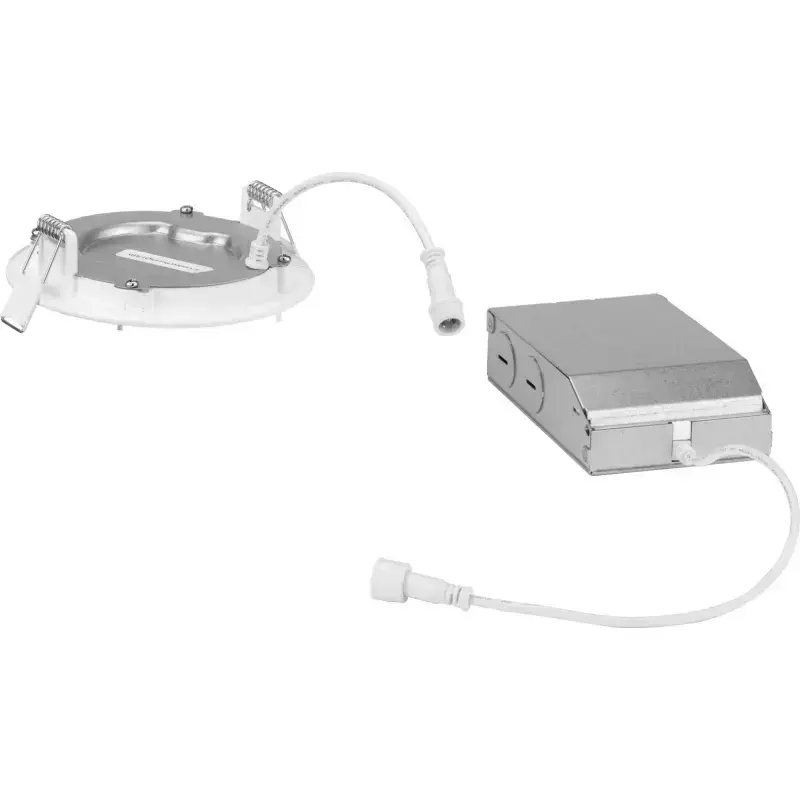
Advantages of Wafer Lights
Sleek Design: Their thin profile allows for installation in a variety of spaces without the need for extensive ceiling voids, making them ideal for locations with limited or no access above the ceiling.
Ease of Installation: Wafer lights can be installed with minimal disruption to existing structures. They come with a small junction box that connects directly to the electrical wiring, eliminating the need for a large recessed can or housing.
Energy Efficiency: As LED fixtures, wafer lights consume less energy compared to traditional lighting options, leading to lower utility costs over time. They also produce less heat, reducing cooling needs in a space.
Challenges of Wafer Lights
Light Distribution: While offering a clean look, wafer lights may not provide the same depth of light distribution as traditional recessed lights. This could affect their use in certain applications where a broad or varied light spread is needed.
Design Versatility: While their sleek, unobtrusive design is often seen as an advantage, it may also limit the decorative aspect of lighting design in a space. Wafer lights generally offer a more functional appearance, which might not suit all aesthetic preferences.
Better Lighting Fixtures: Pendants, Sconces, & Under-Cabinet Lighting
Upgrading to better-level lighting opens up the selection to more specialized, aesthetic-driven options. In this category, you’ll find more decorative and functional lighting fixtures including pendant lights, wall sconces, and under-cabinet lighting.
Pendant Lights
Pendants are standalone lighting fixtures that hang from the ceiling, typically suspended by a cord, chain, or metal rod. Homeowners often choose pendant lights for direct lighting over specific areas such as kitchen islands, dining tables, or entryways. Pendants vary greatly in design, size, and light output. They are ideal for both task lighting and ambient light in a home setting.
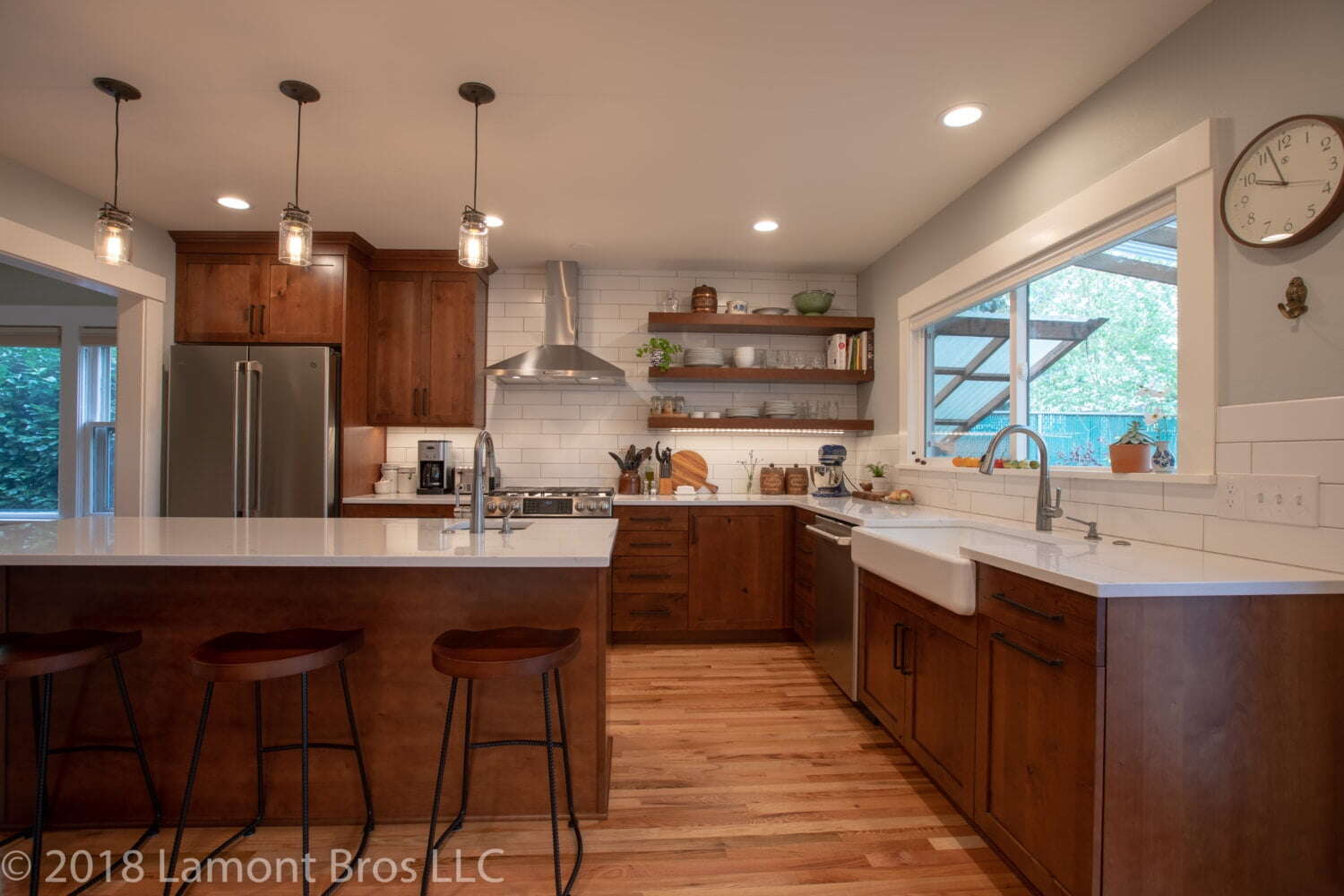
Advantages of Pendants
Aesthetic Appeal: With a wide range of designs, from simple and sleek to intricate and bold, pendants can serve as a focal point in any room, adding character and style.
Direct Lighting: Ideal for task lighting, pendants can focus light on specific areas, making them perfect for activities like cooking, reading, or dining.
Flexibility in Placement: Given their variety in size and suspension length, pendants can be adapted to various spaces, allowing for creative layouts and lighting schemes.
Challenges of Pendants
Space Requirements: Pendants require careful consideration of space and proportion. In smaller rooms or areas with low ceilings, they might dominate the space or pose a headroom issue.
Installation Complexity: Depending on the electrical infrastructure of a space, installing pendants can be more complex, especially if the desired location lacks existing electrical connections or structural support for the weight.
Sconces
Sconces are wall-mounted lighting fixtures that provide versatile lighting solutions for both indoor and outdoor spaces. They can be used to create ambient lighting, accent architectural features, or illuminate specific areas such as hallways, bedrooms, and bathrooms. Sconces come in a variety of styles, sizes, and designs, making them suitable for a wide range of decor themes.
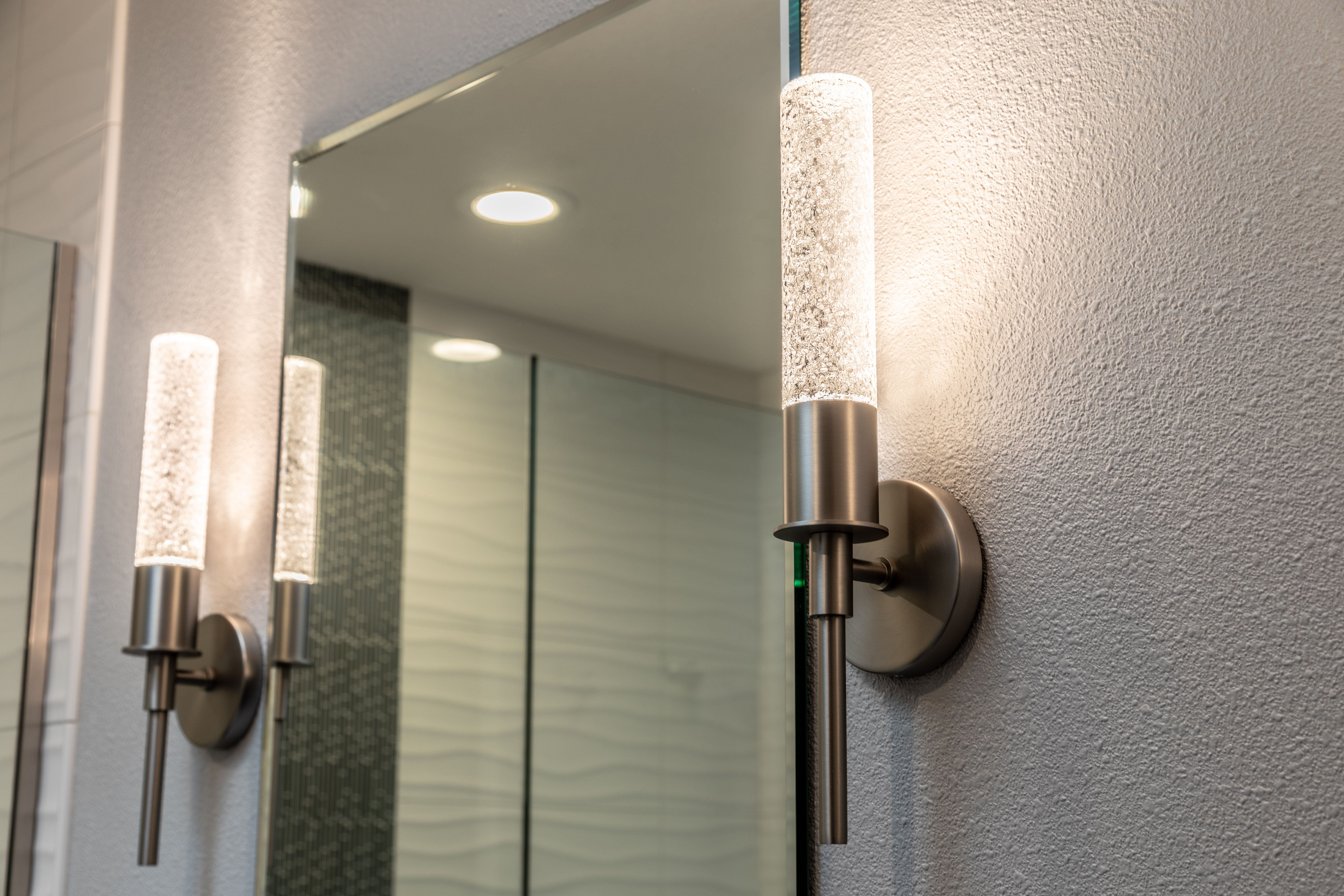
Advantages of Sconces
Decorative Appeal: Sconces serve as both functional lighting and decorative elements. They can complement a room’s decor or act as a focal point, depending on the chosen style.
Space-Saving: Ideal for areas with limited space, sconces do not take up floor or table space, making them perfect for narrow corridors, beside beds, or in small rooms.
Versatility: With options for uplighting, downlighting, or multidirectional lighting, sconces can be used to create a variety of lighting effects, enhancing the mood and functionality of a space.
Challenges of Sconces
Installation Considerations: Proper installation of sconces may require in-wall wiring, which can be more complex and invasive, especially in homes without existing wall-mounted fixtures.
Light Coverage: While excellent for accent and task lighting, sconces may not provide sufficient illumination for an entire room and typically need to be part of a larger lighting plan.
Under Cabinet Lighting
Under Cabinet Lighting consists of several small light fixtures installed underneath kitchen cabinets to illuminate countertops and workspaces. This lighting solution is helpful for tasks that require precision and clarity, such as food preparation and cooking.
It also serves to enhance the aesthetic appeal of a kitchen by highlighting backsplash materials and creating a warm ambiance. Under Cabinet Lighting can include LED strips, pucks, and linear lights, offering both functional and decorative benefits.
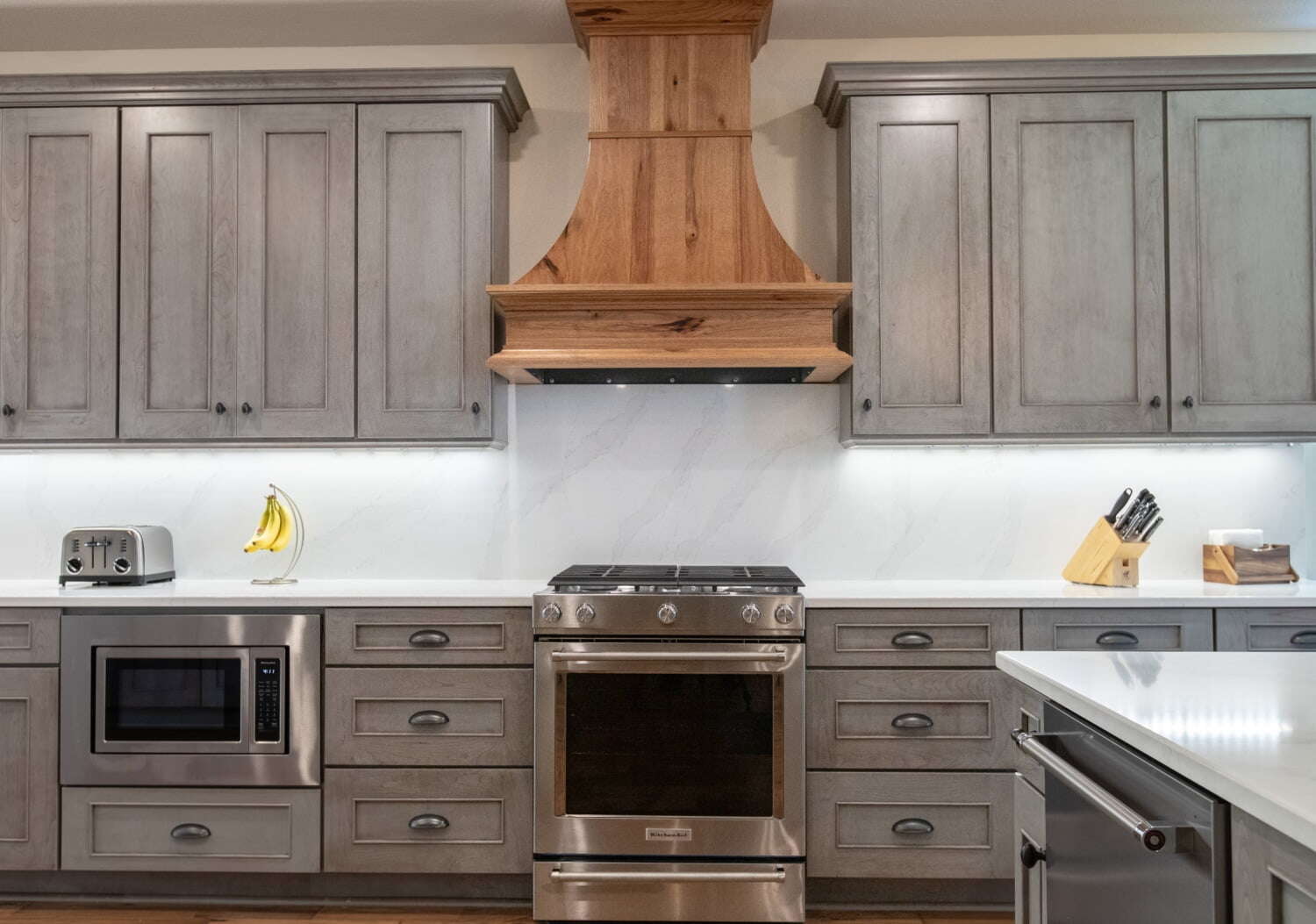
Advantages of Under Cabinet Lighting
Improved Visibility and Functionality: When carefully planned, these fixtures can illuminate the important workstations in your kitchen, reducing shadows and providing better lighting for meal preparation and cooking.
Enhanced Ambiance: Under cabinet lighting adds depth and dimension to a kitchen’s design, creating a welcoming and warm space.
Energy Efficiency: LED options for under cabinet lighting are available, which consume less power and have a longer lifespan, contributing to lower energy costs over time.
Challenges of Under Cabinet Lighting
Installation Complexity: Keep in mind that under-cabinet lighting (especially for hardwired systems) requires professional installation to ensure optimal placement and functionality.
Integration with Kitchen Design: These fixtures also require careful planning to seamlessly integrate with the overall design and electrical layout of the kitchen without being obtrusive. This is one area where a professional designer may provide great benefits to your project.
Best Lighting Fixtures: Chandeliers & Custom Fixtures
Moving to “Best” level lighting, we encounter premium fixtures like chandeliers and custom lights. These options feature more aesthetic value and distinctive designs. They are perfect for those seeking to make a statement in their spaces. Chandeliers add elegance and grandeur, while custom options offer unique designs for personalized style.
These top-tier lighting choices can significantly enhance the ambiance and aesthetic appeal of a home. The level of luxury means they serve not just as light sources but as focal points of design excellence.
Chandeliers
Chandeliers are among the most striking and elaborate of lighting fixtures. Typically, they hang from the ceiling with multiple light sources. They range from traditional candelabra styles to modern designs, offering a wide array of styles.
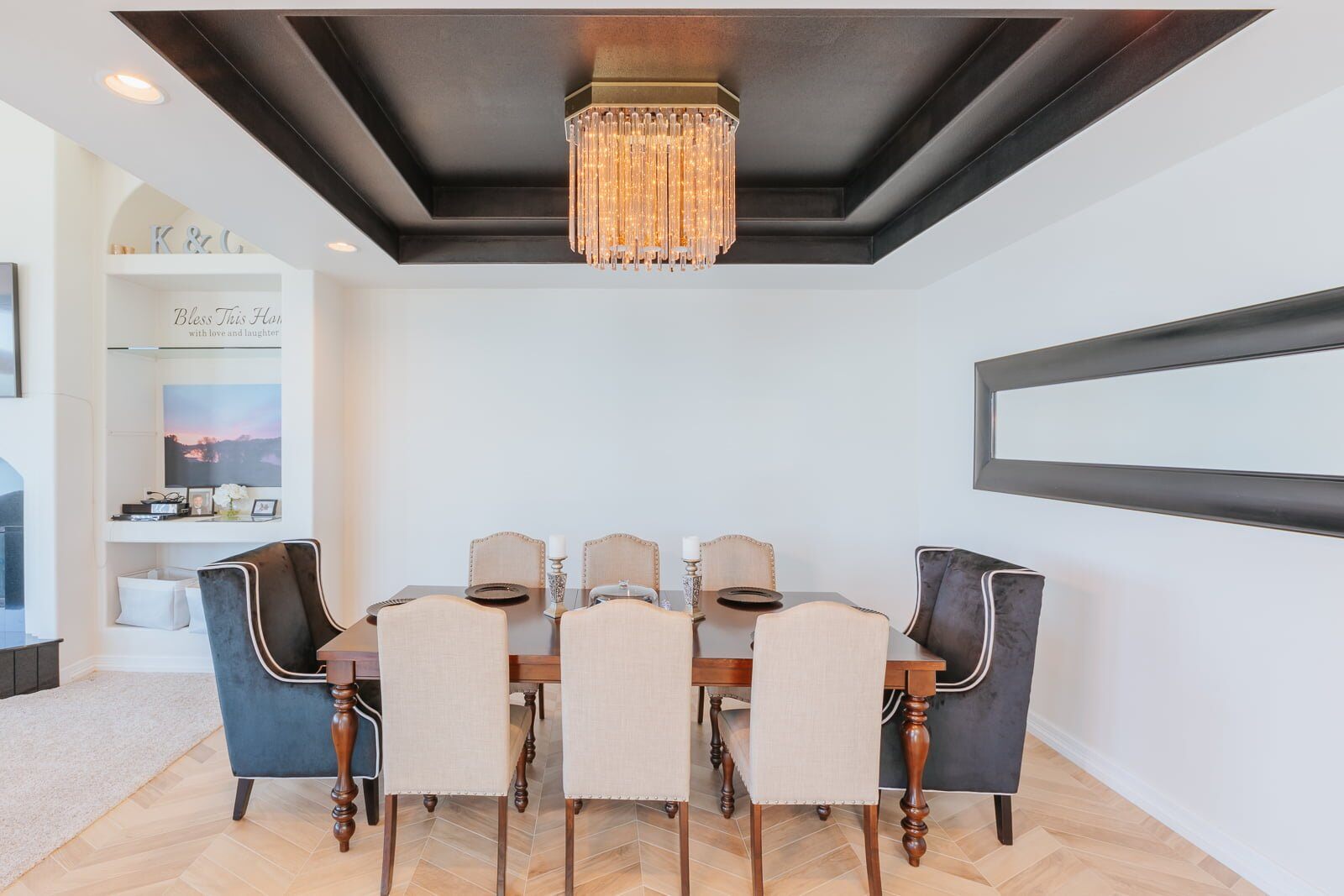
Advantages of Chandeliers
Visual Impact: Chandeliers are designed to be eye-catching and can transform the ambiance of a room, making them ideal for entryways, dining rooms, and other spaces where you desire a statement piece.
Variety of Styles: With an extensive range of designs, chandeliers can complement any room’s decor, from classic and traditional to contemporary and minimalist.
Ambient Lighting: Chandeliers often provide ambient lighting, casting a soft and widespread light that enhances the overall mood of a space.
Challenges of Chandeliers
Cost: As decorative and elaborate fixtures, chandeliers can be more expensive than simpler lighting options, reflecting their design complexity and quality of materials.
Installation Requirements: The size and weight of chandeliers require careful installation, often with the need for additional ceiling support and professional assistance.
Maintenance: Depending on the design, chandeliers can be challenging to clean and maintain, especially those with intricate details and multiple light sources.
Custom Fixtures
Custom fixtures represent the ultimate in personalized lighting design. They allow homeowners to bring a unique vision to life through bespoke solutions. These fixtures can range from modified versions of existing designs to completely original creations. With this option, you can incorporate specific materials, dimensions, and features tailored to your preferences and requirements.
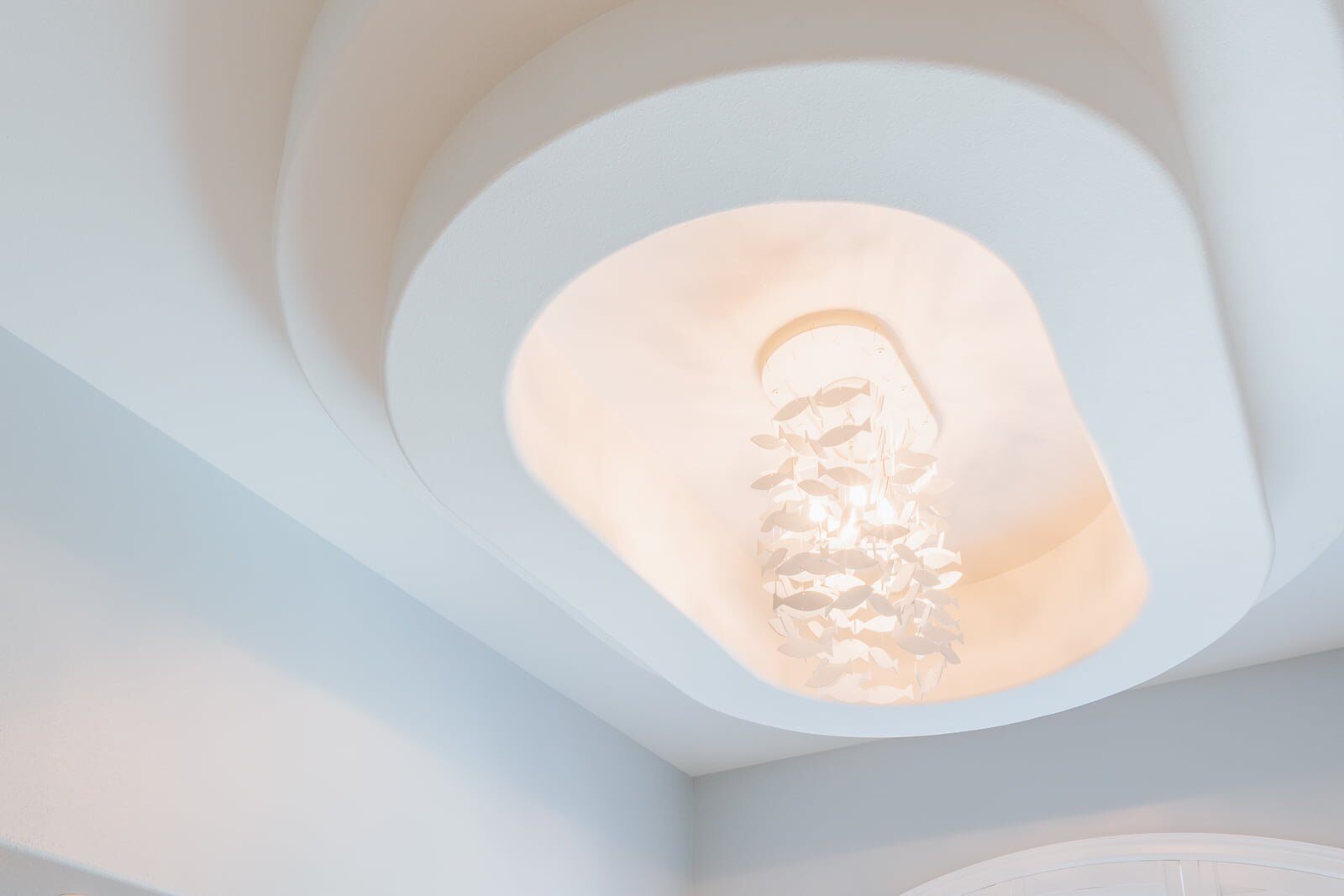
Advantages of Custom Fixtures
Uniqueness: Custom fixtures ensure that the lighting in a home is one-of-a-kind, perfectly reflecting the homeowner’s style and the interior design theme.
Perfect Fit: Tailored to the exact specifications of the space, custom fixtures can address any design challenges, such as unusual room dimensions or specific lighting needs.
High Quality and Attention to Detail: Custom fixtures feature a higher level of craftsmanship and attention to detail, resulting in a superior quality product.
Challenges of Custom Fixtures
Cost: The bespoke nature of custom fixtures often comes with a higher price tag due to the labor-intensive process and the use of premium materials.
Longer Lead Times: The design, fabrication, and installation process for custom fixtures can be lengthy, requiring patience from the homeowner.
Complex Installation: Depending on the design, custom fixtures may require specialized installation processes, which can add to the overall complexity and cost.
Looking for More Design Inspiration for Your Home?
Now that you understand more about the different lighting fixture options available to you, do you feel more confident choosing from the good, better, or best categories? If so, continue your research by exploring our Work Portfolio. There you’ll find examples of past projects and see how other Portland homeowners have transformed their living spaces.
Considering a remodel, but not yet working with a professional designer? Let us guide you through the remodeling process. Fill out the form below to schedule a free design consultation with a member of our team. We’ll help you navigate the challenges of remodeling, from product selections to permitting to the actual construction of the project itself.



